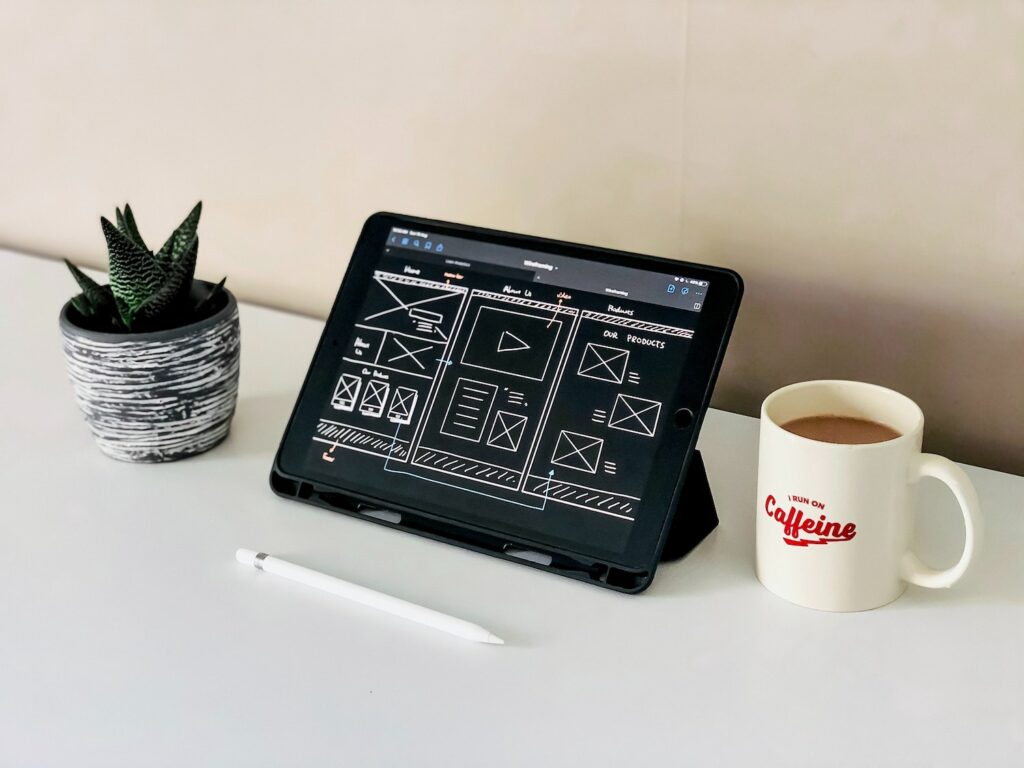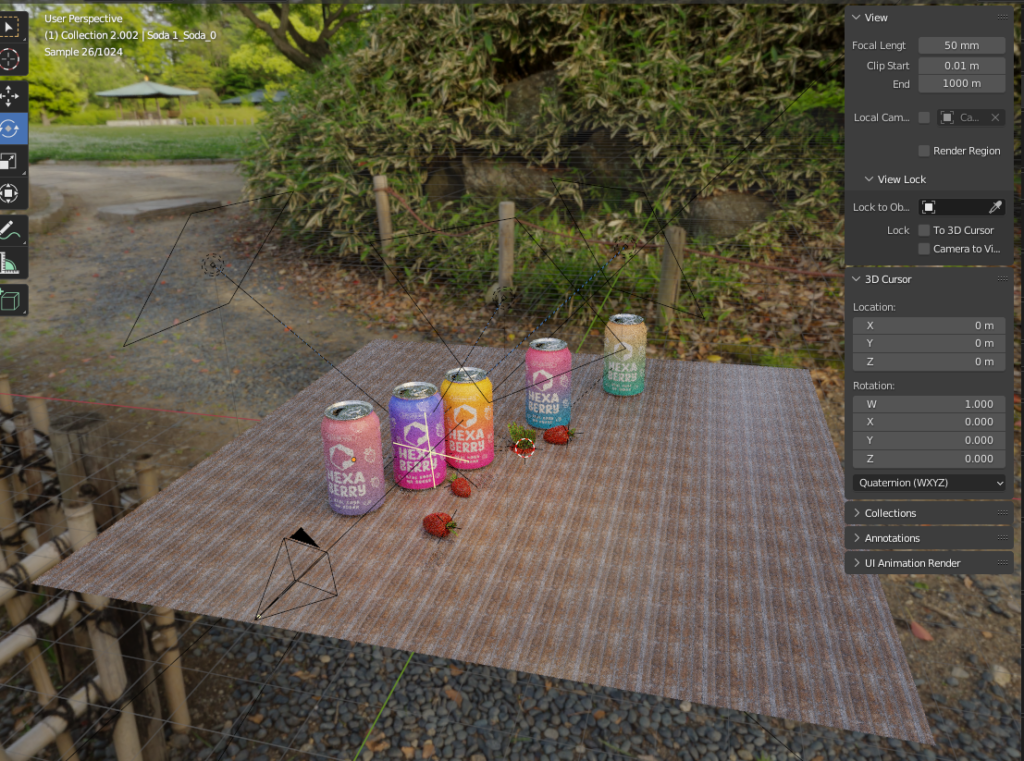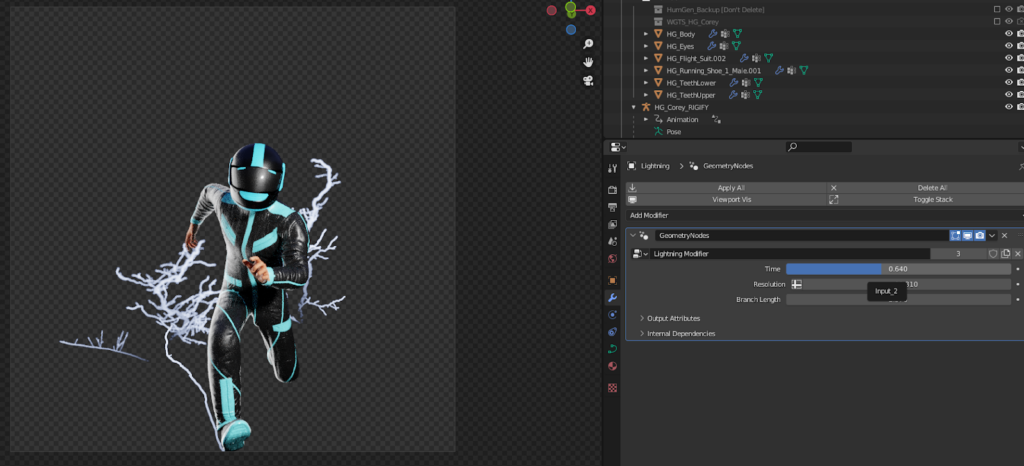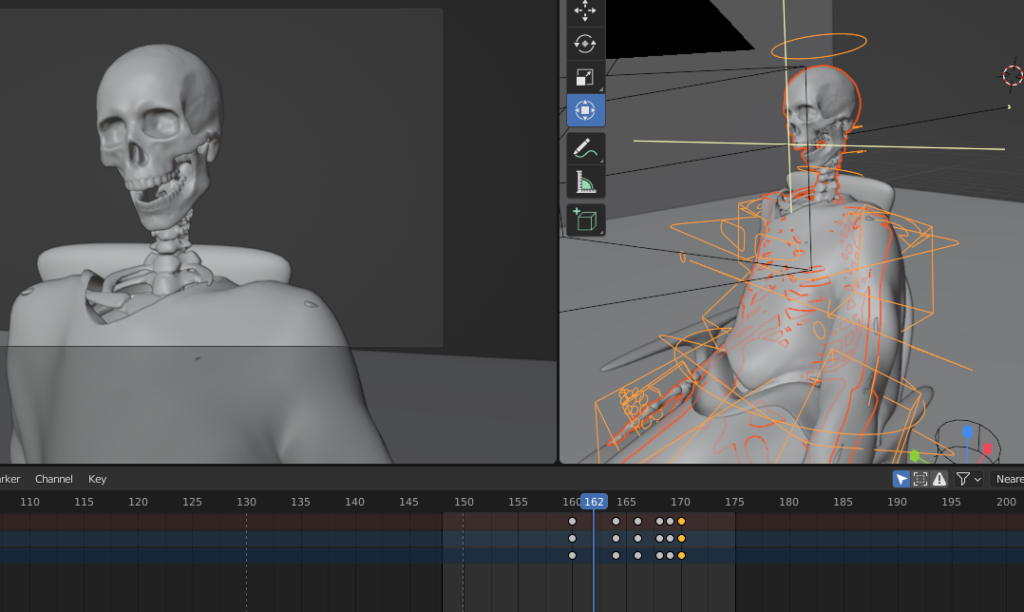
Providing a straightforward, intuitive user experience (UX) is key to the success of your blog, e-commerce site, or online journal. Without a clear sense of direction, users will turn to alternatives and your bounce rate will skyrocket.
You can improve your UX dramatically by optimizing your website’s navigation standards based on consumer behavior. You can use consumer data to track bounce and trace the customer journey from the landing page to the exit page.
You may need to complete a UX audit to get a more accurate understanding of consumer behavior. A UX audit will assess factors like accessibility, mobile formatting, and broken links on your site and improve your website’s navigation standards.
Ethically Obtaining Consumer Data
Data collection is a hot topic in website design. You need accurate data to ensure that your site is operating optimally, but you can’t overreach and infringe on consumers’ privacy.
In reality, most website designers and administrators end up collecting more data than they need or can reasonably use. This can be an issue if you experience a data breach or if you have a security flaw. Assess your current data collection strategy, and ask yourself the following:
- Is the data you’ve collected personally identifiable?
- Would you be liable if the data fell into the wrong hands?
- Do you have a reasonable need to use the data?
- Are you transparent about the data you are collecting?
Answering these questions will give you a sense of whether or not your current data collection strategy is ethical. It may also make your strategy more efficient, as you’ll cut down on unnecessary or unusable data that is slowing down your decision-making process.
Interpreting Consumer Data
Using the consumer data that you’ve obtained ethically is key to optimizing your website’s navigation standards. However, many marketing departments and website administrators don’t fully understand how to improve navigation based on consumer behavior data.
You can start website navigation analysis by tracking and recording inbound traffic sources. Starting with traffic sources allows you to estimate the effectiveness of your SEO strategy and will give you an idea of who, exactly, is making it to your website.
Filter your search results to remove “fake” traffic, and refine your search to learn more about the folks who make it to your site. Being thorough at this stage will save you time in the future, as you’ll know if consumers coming from social sites are bouncing once they see information like prices, or whether there’s an issue in your navigation menus that is preventing pay-per-click users from finding the information they are looking for.
Once you’ve filtered users and understood your consumers, it’s time to track and navigate the consumer journey through your site.
Tracing Consumer Journey
You can increase the accuracy of your consumer journey by creating journey maps for your website. A journey map will identify things like:
- Consumer touchpoints: where do consumers first encounter your brand?
- Consumer pain points: what stops consumers from converting?
- Desired actions: how do you want your consumers to navigate your pages?
A detailed journey map will identify the navigation that your ideal user will take and help you spot moments when users deviate from the course you set them on.
You can assess your consumer’s actual journey using Google Analytics (GA4). Use GA4 to assess path exploration using the “explore” panel on the GA4 homepage. This will allow you to see the actual pathways that real users have taken to land on your pages.
Filter these results as many times as you need to assess the effectiveness of your pages. Combine these insights with things like the length of the user’s session and the bounce rate of certain pages. If you find that some pages have high bounce rates or an excessively long “dwell time”, you likely have a problem with your navigation standards.
If the results of your pathway exploration assessment are concerning, you need to complete a general UX audit.
General UX Audit
A general UX audit can transform your site structure and optimize your consumer journey. Start by assessing your current UX standards and compare them to the established navigation best practices:
- Consistent: Can users utilize the same buttons and tabs to find their way through your site?
- Visible: Are symbols accompanied by text? Can users quickly find the menu page or drop-down?
- Flexible: Do you account for a reasonable range of consumer preferences? Can users quickly retrace their steps if needed?
- Concise: Do you utilize too many “mega menus”? Is there a better way to present navigation options?
An audit of your current navigation principles shouldn’t take too long. You already have the hard data that points toward problem pages, so you can find the issue and experiment with different ways to present navigation options.
Once you’ve assessed your navigation options, complete an audit of your site structure. Highly hierarchical sites are suboptimal from a UX and SEO perspective. While categorization is useful, strict hierarchies can produce silos and isolate some pages from the rest of your site. Try connecting silos with horizontal linking that helps users find the information they need.
Accessibility
Accessibility is essential for website design and maintenance today. Millions of users have some form of disability that changes the way they interact with your website. This means that cherishing accessibility can lead to a higher ROI on your web development spend and improve your brand image.
When auditing your website navigation for accessibility, consider the following:
- Does anchor text accurately describe the linked content?
- Do you have suitable title tags on each page?
- Can your entire site be navigated with a keyboard? Do you have “mouse traps”?
- Are your buttons suitably descriptive and screen-reader friendly?
Creating an accessible website will help improve your navigation metrics and ensure that all users can interact with your content in the way it is designed.
Mobile Formatting
Mobile formatting can be a real headache for website designers and administrators. Mobile sites have a limited amount of space to use, and you don’t want navigation menus to take up the entire page.
Providing an intuitive, user-friendly mobile experience is imperative. When designing a mobile site, try to minimize the amount of scrolling and typing users have to do. Repetitive scrolling can cause mobile users significant pain and lead to inflammation and swelling in users’ thumbs and fingers.
Give mobile users a better UX by utilizing classic mobile site design options like the “hamburger” menu icon and adding text-with-icon buttons so mobile users can see the information that they want to access.
Conclusion
You can use consumer data to trace your customer journey and identify issues. Use key insights like bounce rate and dwell time to identify areas of concern. When revamping your site, stick with classic options like the “hamburger” menu icon and ensure all your navigation tools are fully accessible.
The post Optimizing Your Website’s Navigation Standards Based on Consumer Behavior appeared first on noupe.





















